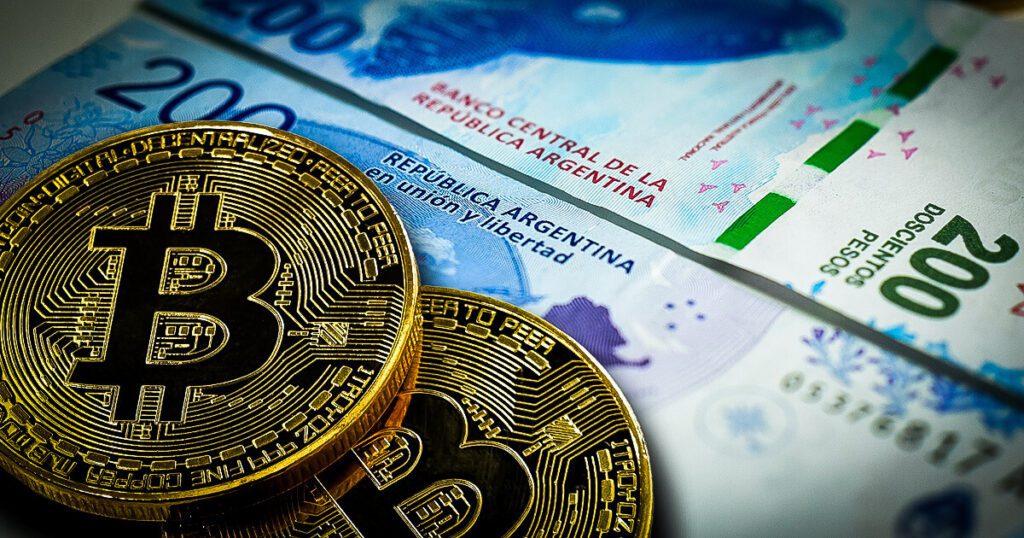

Stablecoins like USDT have become a key financial tool in Latin America that helps citizens cope with ongoing economic volatility, according to Chainalysis’ Global Adoption Report.
The region, which accounts for 9.1% of the global value of cryptocurrencies received, has seen substantial growth this year, largely driven by growing institutional interest and consumer adoption of digital assets.
From July 2023 to June 2024, Latin America received nearly $415 billion in cryptocurrencies, putting it slightly ahead of East Asia in terms of global crypto activity, despite more adoptions. weak.
Argentina leads the region with $91.1 billion in crypto value received, followed closely by Brazil with $90.3 billion. Brazil has seen a surge in institutional activity, with a 48.4% increase in high-value transactions between the fourth quarter of 2023 and the first quarter of 2024.
USD-pegged stablecoins, in particular, have played a pivotal role in providing a hedge against inflation in countries like Argentina and Brazil, where local currencies have depreciated sharply.
Financial stability
Stablecoins have become a lifeline for citizens of countries struggling with economic instability. In Argentina, inflation soared to 143% in 2023, leading many people to look for alternatives to protect their savings from the devaluation of the Argentine peso (ARS).
The report notes that the use of stablecoins has increased, particularly following newly elected President Javier Milei’s “shock therapy” economic measures, which devalued ARS by 50%.
Data from Bitso, a leading regional exchange, shows that stablecoin trading volumes soared after key economic events. For example, when ARS fell below $0.002 in December 2023, stablecoin trading volumes exceeded $10 million the following month.
Argentina’s reliance on stablecoins is also reflected in its 61.8% share of the region’s stablecoin trading volume, surpassing Brazil’s 59.8% and the global average of 44. 7%.
Institutional activity
Meanwhile, Brazil has seen a significant resurgence in institutional crypto activity after a temporary decline in early 2023.
According to the Chainalysis report, the country saw a 29.2% increase in institutional-sized transactions – those above $1 million – between the last two quarters of 2023, with an additional 48.4% jump between the fourth quarter of 2023 and the first quarter of 2024. .
Experts attribute this recovery to the SEC’s approval of Bitcoin and Ethereum ETFs in January, which boosted institutional investors’ interest in digital assets.
The report also highlights the involvement of large financial institutions, including the entry of global players like Circle, which launched its USDC stablecoin in Brazil in May.
This increased interest is also supported by Brazil’s forward-thinking regulatory environment, with initiatives such as the Drex pilot program – a hybrid central bank digital currency (CBDC) platform – attracting global attention.
As Latin America’s crypto markets continue to evolve, stablecoins are poised to play a crucial role in financial stability, especially in countries facing inflation and devaluation of their currencies.




